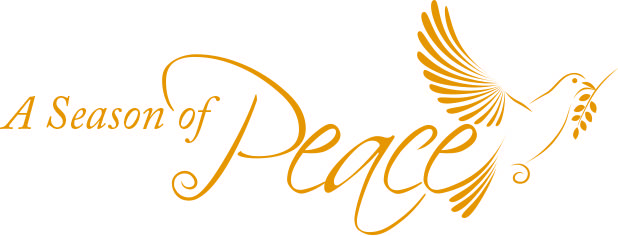Peace-positive, or peace-negative? The choice makes all the difference.
I recently asked one of our Mid-Kentucky Presbytery pastors if she felt that the congregation with which she served was peace-positive, or peace-negative. To be fair, I didn’t define those terms. At first, the pastor vociferously answered yes, and seemed a little concerned that I might be implicating that her congregation’s environment was hostile. But then I provided the following clarification:
- Peace-negative is generally defined as the absence of overt conflict or violence. A ceasefire in Syria or Afghanistan is negative peace. In the congregational setting, a negative peace may exist when all expressions of disagreement or conflict are suppressed. Members put on their “happy-church” faces, pretend to get along, and avoid raising uncomfortable or difficult subjects for fear of angering one another. The absence of conflict or violence does not lead to a positively-defined condition. Hence, peace is characterized as negative.
- Peace-positive, on the other hand, parallels the biblical concept of shalom. Every person is acknowledged and feels valued. There is a right relationship between each person. Not only is conflict absent, but an esprit d’corps also exists. People are motivated by each other and strive for excellence. A balanced blend of personal, internal competition (How can I improve?) and external cooperation (How can I help the other person do better?) predominates. People are excited about their faith, their calling, and their service.
To her credit, the pastor asked if she could rethink her answer. Without any hesitation, she assured me that her congregation most likely exhibited peace-negative behavior. I think that most Christ-followers would prefer to have positive peace around them. Yet many congregations are satisfied with negative peace.
September 2 marked the beginning of the Presbyterian Church (USA)’s Season of Peace. The season continues through World Communion Sunday (October 7). It is a time to “depart from evil, and do good; seek peace and pursue it” (Psalm 34:14). It is a time for individual believers and congregations to not just settle for tamping down hostility and celebrating what isn’t there, but to aggressively search out and encourage those practices that build respect, empathy, cooperation, and community. It is a time to become peace-positive and experience the difference that comes through actively seeking peace, and relentlessly pursuing it.
Let me encourage you to consider initiating the following activities during this season of peace:
- Invite someone you don’t know well or who has alternate beliefs than you for a meal.
- Read and implement Guidelines for Presbyterians During Times of Disagreement.
- Identify a hands-on project to be funded by your congregation’s portion of the Peace and Global Witness Offering, a Special Offering to be received on World Communion Sunday.
May the peace-positive Spirit of Christ attend you and your congregation during this Season of Peace and always.
This piece was written by Rev. John Odom, Presbyter for Community Life at Mid-Kentucky Presbytery, for their presbytery newsletter originally published on September 4, 2018.
In addition to John’s suggestions of activities to engage during a Season of Peace, might we add:
- Collecting the Peace & Global Witness Offering in your congregation, or donating to the Offering online.
- Download or subscribe to our Path of Peace daily reflections.
